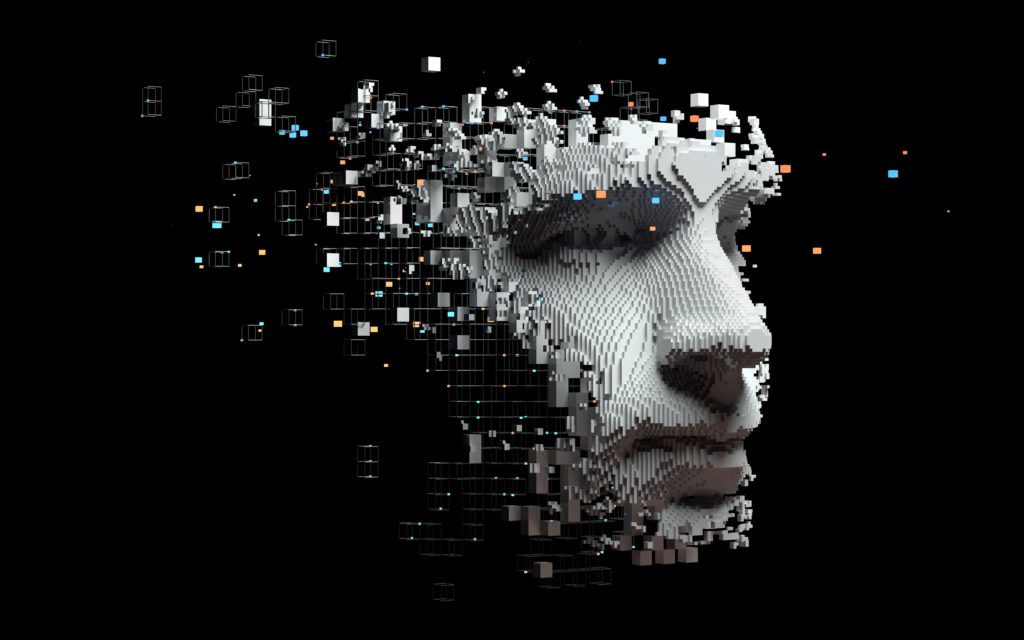Article
Dimensions of VR & AR Applications

As you read about the high profile companies that are currently working on the future of virtual and augmented reality, the application of this technology might not be immediately apparent.
Most of the well-publicized uses of VR and AR are currently confined to small niches in the gaming and entertainment industries. But the technology is actually being used in a much wider range of scenarios.
Today, many of us won’t leave the house without a computer in our pockets – the omnipresent smartphone. Just as the beginning signs of the impact personal computers would have on modern life emerged in the 1980s, today, the coming wave of VR and AR technology is becoming clearer.
Current and Near-Future Uses of VR, AR and MR Technologies
Healthcare
- Surgeons can use virtual reality to operate on patients remotely by using a VR console that controls a robot in another location. This robot mimics the surgeon’s movements, allowing them to treat patients around the world without either of them needing to travel.
- Doctors have used AR programs by companies like Medsights Tech to create 3D reconstructions of MRI results directly on a patient’s body, giving them the ability to pinpoint the location of medical issues like tumors without the need for radiation exposure.
- Virtual reality has been used to treat phobias (such as fears of heights, storms, or flying) in patients by simulating their fears in a safe and controlled environment.
- Virtual reality can also be used to conduct studies in psychology by giving psychologists a greater level of control over what their subjects experience.
Retail and Marketing
- Using AR to see what furniture and other products will look like in a prospective buyer’s home has become increasingly popular among consumers. Companies can create a 3D model of a product and incorporate it into their app, giving users a retail shopping experience in their home.
- Simmons introduced the SIMulator app in 2014, which allows in-store mattress shoppers to point their phone at products and watch interactive animations that provide them with insights into the product they’re considering purchasing, reducing the need to speak with sales personnel.
- Some post offices and greeting card companies have incorporated augmented reality triggers that prompt playful animations as users engage in an app.
Business and Education
- Similar to the way we use Skype to have meetings with coworkers around the world, augmented reality headsets will allow us to have “in person” meetings between individuals thousands of miles apart.
- New employees and potential hires will soon be able to prove their skills in a simulated experience rather than a written or practical test.
- Products like Microsoft’s HoloLens use “holograms” to create a computing experience that resembles that interface that Tony Stark might see looking out from his Iron Man suit. It allows multiple people to collaborate on almost anything in a virtual workspace.
- There are several emerging software companies with the goal of making the education experience more accessible and immersive through virtual reality.
- News networks have started to use virtual reality to bring viewers closer to the action of live events like political debates, interviews, and more.
Arts & Entertainment
- Using virtual reality, concert and theater “goers” can attend events without leaving home. Venues and sports stadiums would be able to sell virtual tickets alongside physical tickets, allowing more people to attend the event than currently possible.
- Watching television on a VR/AR headset would allow for much more captivating experiences, such as turning your living room into a screen or putting you in the helmet of your favorite football player.
- VR creates the opportunity for new mediums of art and entertainment that are much more immersive than anything before, such as virtual sculptures and VR films.
Gaming
- Virtual and augmented reality has already had a huge impact on the gaming industry, and it hasn’t shown any signs of slowing down. As more platforms adopt the technology, the gap between players and their favorite characters will continue to shrink.
- Cross-platform favorites like Skyrim, Doom, and Fallout 4 have been released for the PlayStation VR system. VR game-makers have come up with many creative ways to use the technology. The Invisible Hours allows players to be immersed in a murder mystery. Audioshield sends music beats flying at you, which you smash for a great workout and visual music experience. Dark Days makes you a character in a psychological thriller.
Construction
- AR could be used to overlay notes on a construction site, making communication and coordination easier. It could eventually be combined with building information modeling software to make visualization of construction projects much more powerful.
- 3D building modeling would allow designers to visualize and collaborate on building designs more easily.
Military
- The military can rehearse simulations of combat and rescue missions before deploying soldiers without putting anyone in any danger.
- Artificial reality can help people practice cultural sensitivity before going to a different country. Programs like this are already being used by the military to prepare individuals for deployment.
- The military is using street view data and satellite imagery to recreate real cities and train soldiers to navigate them.
Travel & Tourism
- Travel companies, hotels, and real estate agents can give virtual tours remotely, allowing potential customers to preview a space before making a final decision.
- Programs like Google Expeditions give students the opportunity to take field trips to monuments, landscapes, and museums around the world without ever leaving the classroom.
- Yelp has an AR feature called Yelp Monocle that allows app users to get business information when they point their phone at a particular business.
- Google Translate incorporates an AR feature that provides translations when a smartphone’s camera is pointed toward text displays like signs or menus.
Automotive
- Head-up displays project useful information on car windshields, including information about directions, speed, and warning messages.
- BMW presented a concept for a motorcycle visor that would project information about riding line and lean angles into the rider’s view.
Industrial/Manufacturing
- Evolar developed wearable AR technology that helps warehouse workers locate and sort inventory.
- According to PWC, improved product design is currently the most widespread application of VR/AR technology among manufacturing companies.
- VR and AR are also being used for safety and training, where virtually-enhanced experiences allow trainees to learn the material in a more immediate and realistic context.
Fashion
- At the 2016 London Fashion Week, Lyst (an online fashion company) created an exhibit where attendees could “dress” models using AR.
- Forbes predicts the ability to visualize fashion and retail products remotely will be key to some retailers’ success in the future. For instance, 20 million people have downloaded Makeup Genius, L’Oreal’s app that lets users try on makeup virtually.
Music
- Kasabian created a 360-degree VR experience that allowed fans to be on stage with the band during a virtual performance. In 2014, Kasabian fans got the chance to see the band in virtual reality.
- Firstage, an Irish startup, has made it possible to simulate watching a band live from the comfort of your home, using an AR smartphone app, a small printed “stage”, and musical performances pre-recorded in front of a green screen.
- Björk created Björk Digital, an art exhibition that includes a variety of VR headset experiences, including a concert that was filmed inside of the performer’s mouth.
Wrap Up
It’s evident that VR & AR technology is going to have an impact on a wide variety of industries. Businesses that stay updated on the growth of mixed reality technology, and especially those who implement it early, have the chance to stand out.









